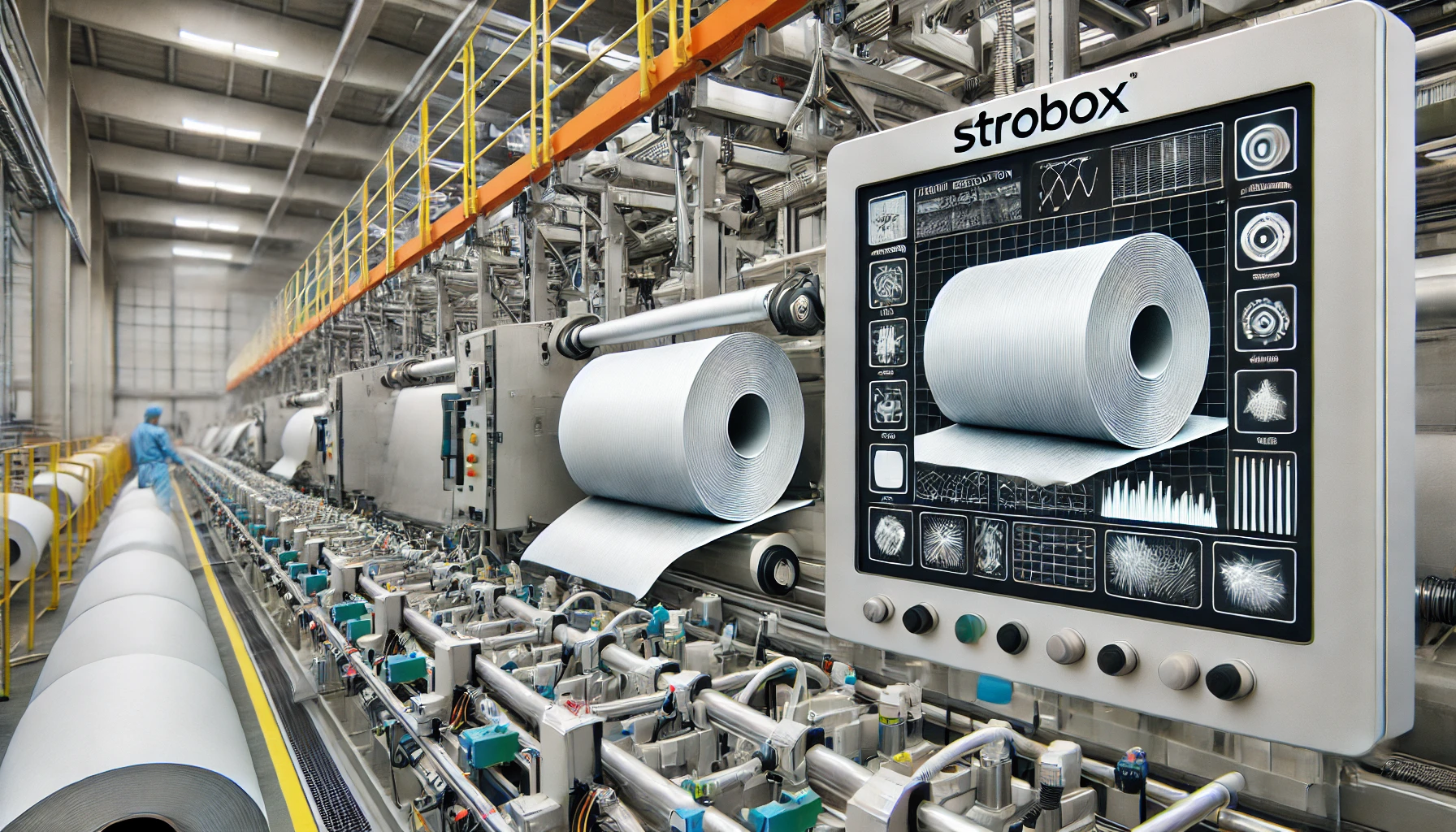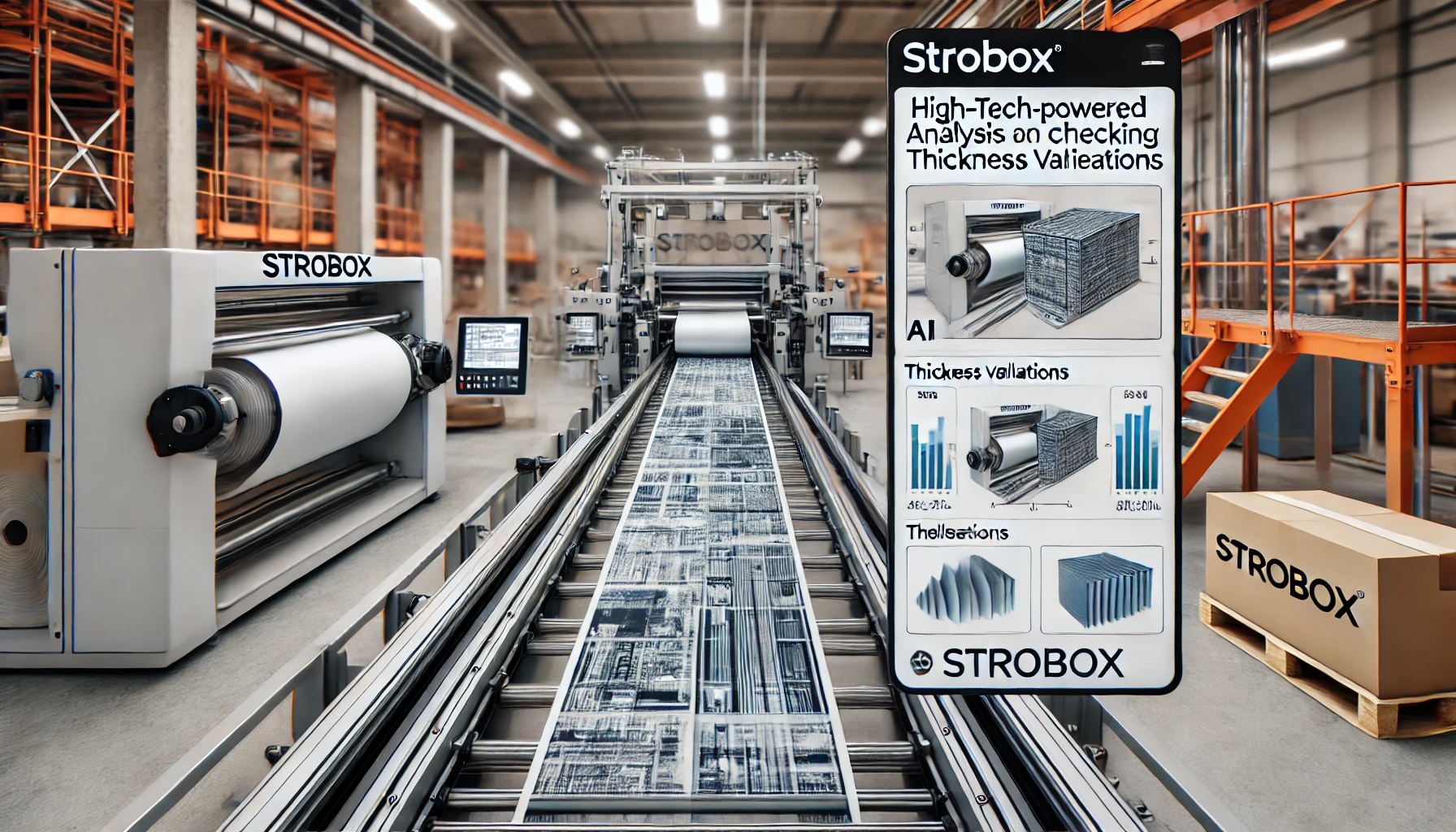
01
High-Speed Production
Tissue engineering requires constant monitoring to ensure optimal growth and differentiation of cells.
02
Defect Detection
Identifying contamination, tissue damage, and irregular growth patterns.
03
Consistency and Quality
Ensuring consistent tissue growth and development for reliable experimental results.
04
Efficiency Requirements
Reducing manual observation and improving monitoring efficiency.
StroboX Solution
Key Features and Integration Potential
- High-Resolution Imaging: Captures detailed images of engineered tissues, enabling the identification of even minor anomalies.
- AI-Powered Analysis: Uses AI to compare images to standard benchmarks, identifying contamination, tissue damage, and growth irregularities.
- Real-Time Monitoring: Provides continuous monitoring and instant alerts for any detected issues.
- Integration with Laboratory Systems: Integrates with existing laboratory information management systems (LIMS) for streamlined workflows.
Usecases

Feature: High-Resolution Imaging
Benefit: Detects bacterial or fungal contamination in real-time, ensuring the purity of engineered tissues.
Feature: AI-Powered Analysis
Benefit: Monitors tissue health and identifies signs of stress or damage, enabling timely intervention.

Potential Benefits
01
Increased Efficiency
Reduces the need for manual monitoring, freeing up laboratory personnel for other tasks.
02
Enhanced Accuracy
Provides precise and consistent monitoring, ensuring high-quality engineered tissues.
03
Cost Savings
Minimizes the risk of contaminated or failed tissue cultures, reducing the need for costly rework.
04
Improved Quality
Ensures reliable and reproducible experimental results.
Challenges and Considerations
- Technical Complexity: Ensuring the system can handle various tissue types and engineering conditions.
- Quality Assurance: Maintaining high standards in automated defect detection.
- Integration Challenges: Integrating seamlessly with existing laboratory systems.